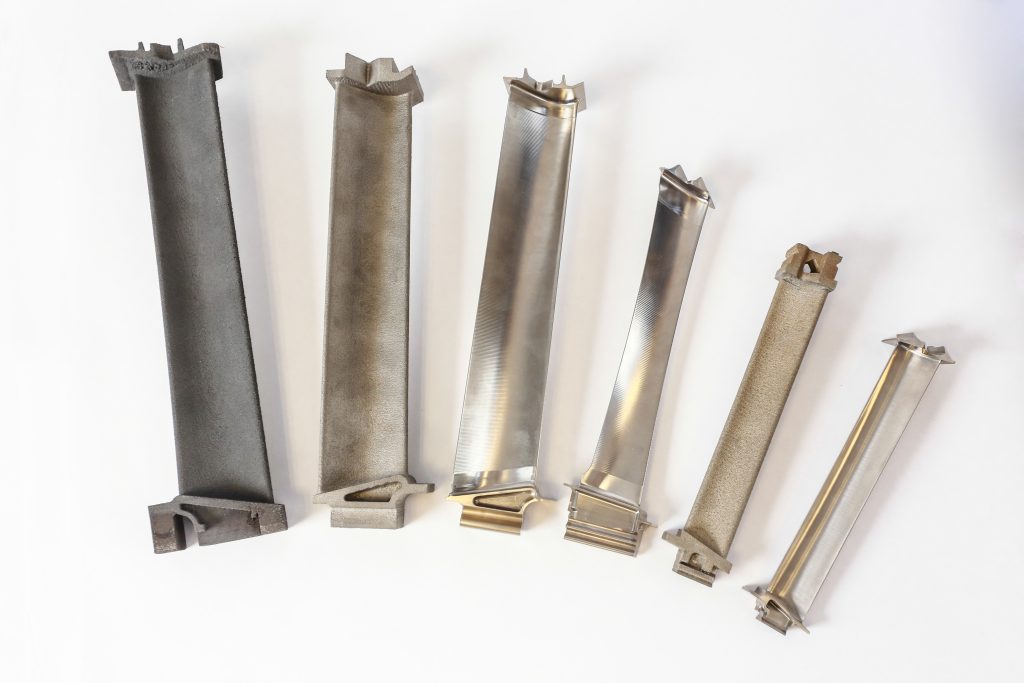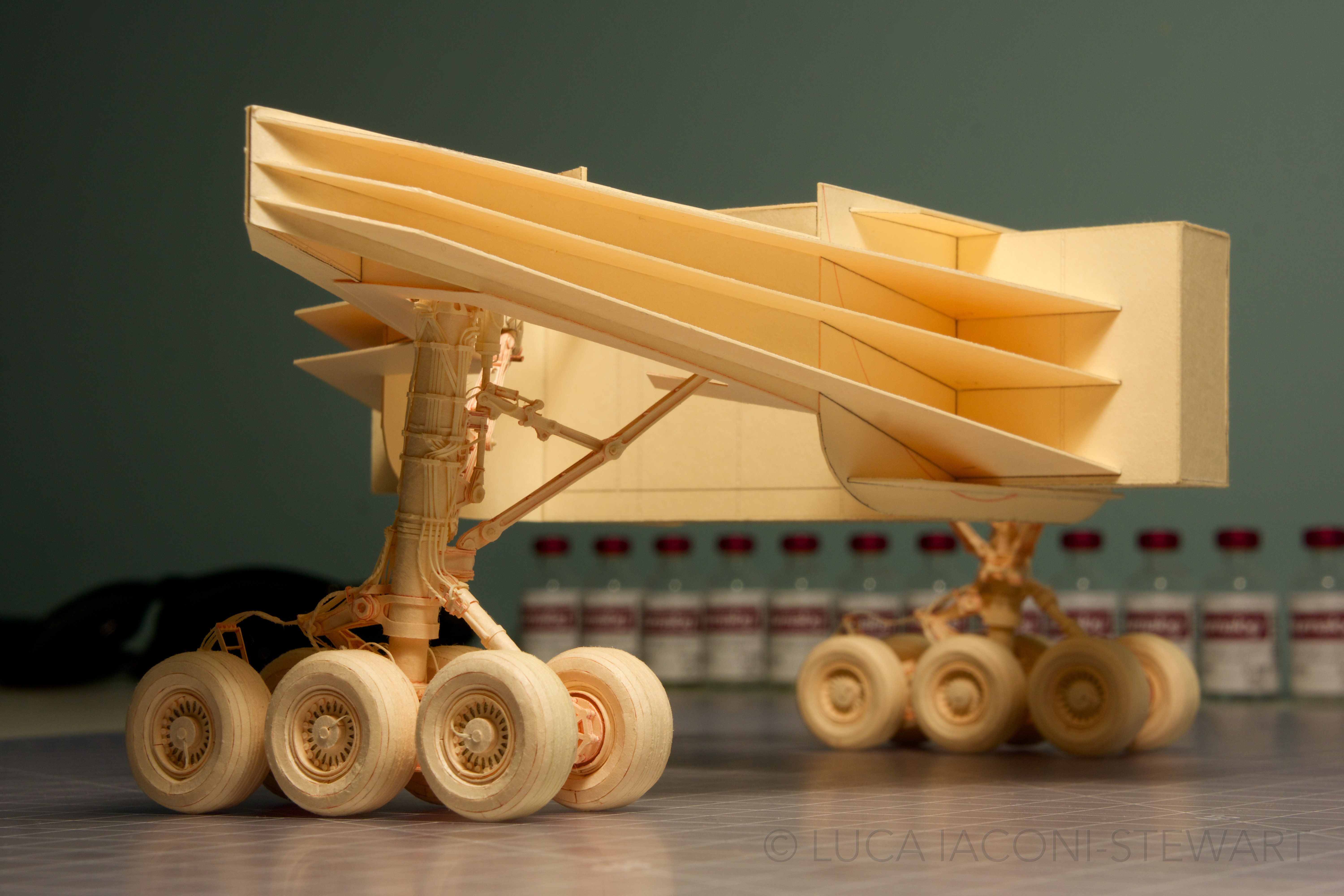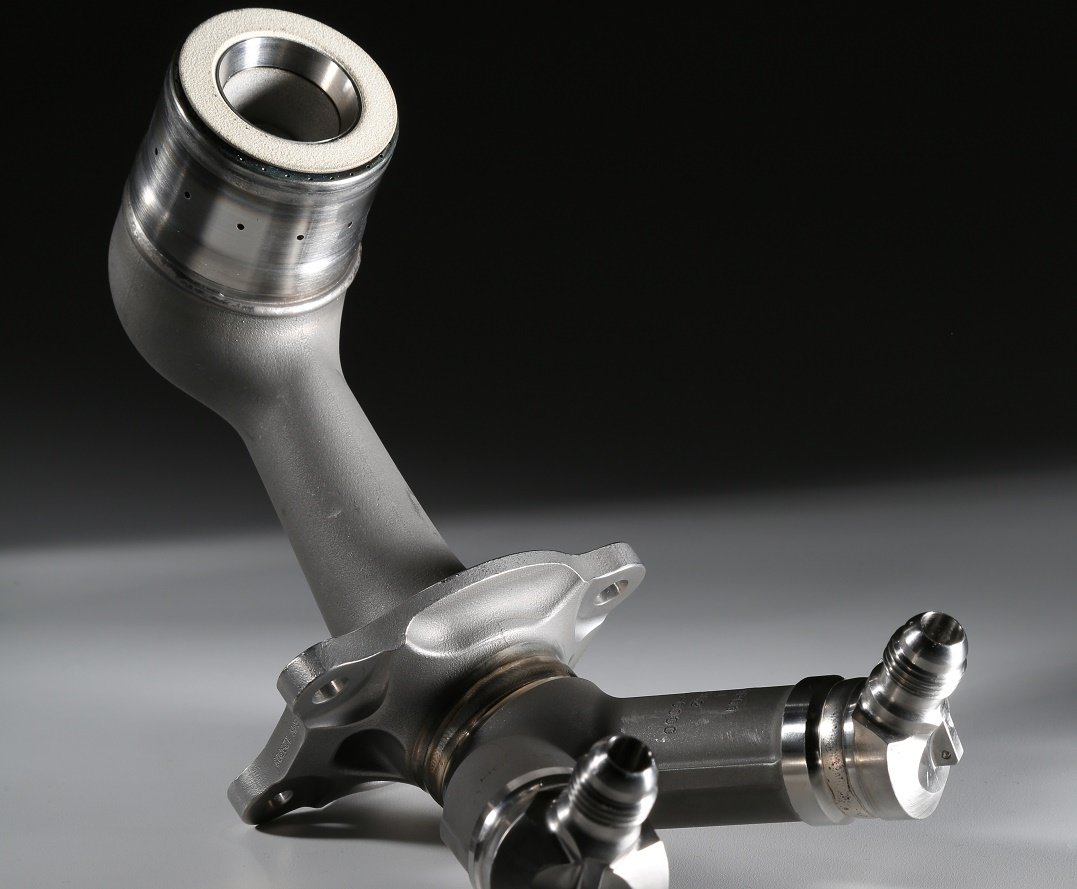- Home
- 3D Printers & AM Systems
- Arcam EBM Q10plus
- Arcam EBM Spectra L
- Arcam EBM Spectra H
- EP-A350 Resin (SLA)
- EP-A450 Resin (SLA)
- EP-A650 Resin (SLA)
- EP-A800 Resin (SLA)
- Lodestar S300
- Lodestar S400
- WaxJet 400
- WaxJet 410
- Sharebot Desktop System
- TPM P260
- TPM P360
- TPM P550
- TPM P320 HT [PEEK]
- EP P420 SLS 3D Printer
- EP P3850 SLS 3D Printer
- PCM 800
- PCM 1200
- PCM 1800
- PCM 2200
- EP-C5050
- EP-C7250
- EP-M150 [single/dual laser]
- EP-M260 [single/dual laser]
- EP-M300 [single/dual laser]
- EP-M450 [dual/quad laser]
- EP-M650 [dual/quad laser]
- EP-M150 Dental [single/dual laser]
- EP-M150 Pro [single/dual laser]
- Sharebot Metal One
- FUNMAT HT
- FUNMAT 410 PRO
- FUNMAT PRO 610 HT
- InnovatiQ X 500 Pro
- Slash 2 +
- Uniz NBEE
- Shinning 3D AccuFab-L4D
- NXE 200
- NXE 400
- XiP
- NXD 200
- QLS 820
Electron Beam Melting (EBM) Systems
SLA Systems (VAT Based Industrial Grade)
High Precision Wax : MJP
SLS (Polymer) Systems
Binder Jet/PCM (Sand Casting)
Investment Casting
Metal 3D Printers & AM Systems (Laser)
FFF/Filament (FDM) 3D Printers & AM Systems
High Precision Dental 3D Printer
Nexa 3D Printers
- 3D Scanner/3D Digitizing Solution
- FreeScan Trak
- FreeScan UE Pro
- FreeScan UE
- Autoscan Inspec
- RobotScan E0505 Robot Automatic 3D Scanning System
- OptimScan-5M Metrology 3D Scanner
Portable Wireless Optical Coordinate Measuring System
High Precision Laser Handheld 3D Scanner
High-Precision 3D Inspection Scanner - Software
- Applications
- Material
- Company
3D Printers & AM Systems
TPM P550
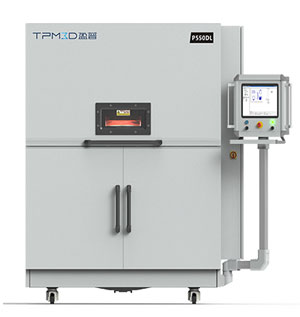
Selective Laser Sintering (SLS)
TPM3D P Series systems produce high quality, tough end-use plastic, flexible or alumide parts. Parts can be used for accurate prototyping and vacuum forming, also produce functional parts with a high-strength and high-quality surface finish.
- Faster, Cheaper, Higher Perfomance
- Faster scan and build speed for improved performance
- Easy operation and maintenance
- ACTIVE COOLING to reduce production time and minimise powder degration
- Thermal Control on different Z-direction levels
- OPEN-SOURCE SYSTEM allowing the freedom to create new behavior characteristics
for models by programming material placements. - Cost savings of up to 50% with reduced new powder consumption
- Proven reliability
- Environmentally friendly
- TUV CE certified
TPM P550 Parameter
Build chamber size X x Y x Z (mm) 550 x 550 x 600
Effective space size X x Y x Z (mm): 540 x 540 x 590
CO2 laser power (w): 100
Focusing: 3-axis, dynamic focusing
Building speed (mm/h): 10 ~ 25
Layer thickness(mm): 0.06 ~ 0.2 Adjustable,Recommended Values 0.12ss
Diameter of laser beam(mm): 0.35
Maximum scanning speed(mm/s): 22,000
Dimension of main machine x D x H(m): 1.85 x1.40 x2.0
Control unit W x D x H(m): Integrated Control Unit
Weight of main machine(kg): 1500
Maximum operating temperature(℃): 210 / 155
Active cooling: Yes
Thermal management of control cabinet: Room temperature air cooling
Lifting trolley: Electric
OOptions for color of SLS parts: White, black or other colors
Data format: STL
Lodestar Innovations Pvt. Ltd.: PL-d Single-channel security control
Powder feeding type: Powder discharged upside, powder fed both sides
Powder recoater: Smart dual blade
Nitrogen generator: Integration
Power: 380V、3P/N/PE、32A、50Hz、8KW

Automobiles
The main driver in 3D printing for vehicles is not printing the entire vehicle, but a move to 3D printing tooling and end-use parts. According to SmarTech, prototyping has only penetrated automotive prototyping by 15% to 20%. Ford, for example, has been 3D printing prototypes for over 20 years to decrease design time.
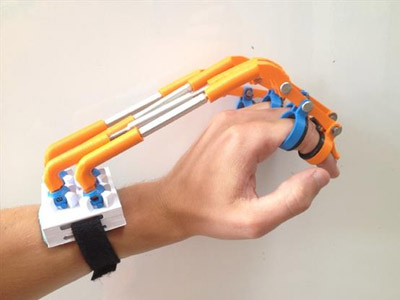
General Engineering
When engineering challenging designs, 3D printing let’s you try new prototypes, address problems and find solutions as you go, all in a matter of hours. It also allows you to work with complex internal structures and geometries, something traditional methods just can’t offer.

Architecture
3D printing is used to produce detailed architecture models. Rather than relying on the past methods for creating models of buildings, it’s possible to convert standard CAD models used to design structures into 3D-printable files.
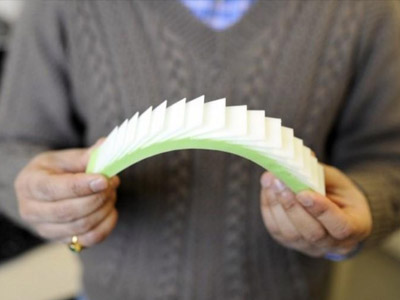
Research & Development
Research & Development is a very crucial part of many industries as well as markets, it has its own benefits. Manufacturers and firms need to ensure that their products constantly evolve and meet the ongoing trends, changing market demands, challenging competition, varying consumer requirements and at the same time be cost efficient.

Education
Education now finds a real meaning with the engineering practice and occupational skills training designed to build platform for innovative and efficient design. The process now provides student with the space for stimulating new originality and innovation, the design tools for transformation of concept sketch or real objects to 3D digital model, hardware support for getting 3D data from products, the intelligent manufacturing system that creates physical model from digital model quickly, and the manufacturing support for realizing small batch production of products.

Medical
Perhaps the most immediate and life-affirming industries currently benefiting from 3D printing are the medical industries. The most common application may be the use of a patient’s medical imaging data, such as a CT scan, to create a 3D-printed medical model.

Batch Production in Medical
Perhaps the most immediate and life-affirming industries currently benefiting from 3D printing are the medical industries. The most common application may be the use of a patient’s medical imaging data, such as a CT scan, to create a 3D-printed medical model.
Intamsys FUNMAT HT 3D Printer Gallery
Read
Latest News
XJet Partners with Straumann to Boost Ceramic AM from Concept to Production - MANUFACTUR3D Read More
Legendary Damascus steel 3D printed by varying temperature of layers Read More
3D Printing in Education Market 2020 In-Depth Analysis of Industry Share, Size, Growth Outlook up to 2025 Read More
Ceramic 3D Printing Market Manufacturer Analysis and Segmentation from 2020-2026 | 3D Cream, Admatec, Emerging Objects Read More
Electron Beam Melting (EBM) Systems
SLA Systems (VAT Based Industrial Grade)
High Precision Wax : MJP
SLS (Polymer) Systems
High Precision Dental 3D Printer & AM Systems
Metal 3D Printers & AM Systems (Laser)
FFF/Filament 3D Printers & AM Systems
Copyright © 2024 Lodestar Innovations Private Limited. All rights reserved.

